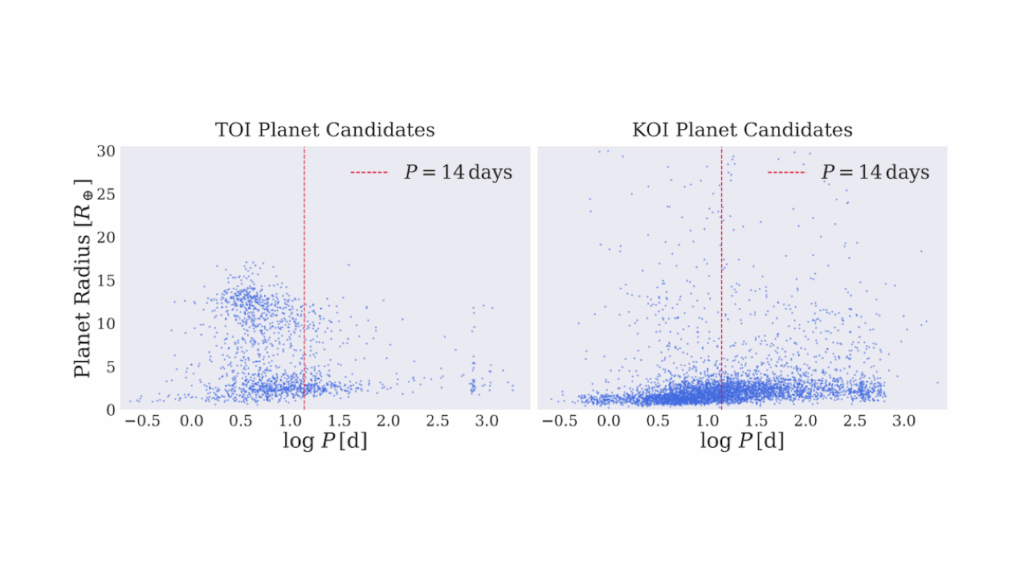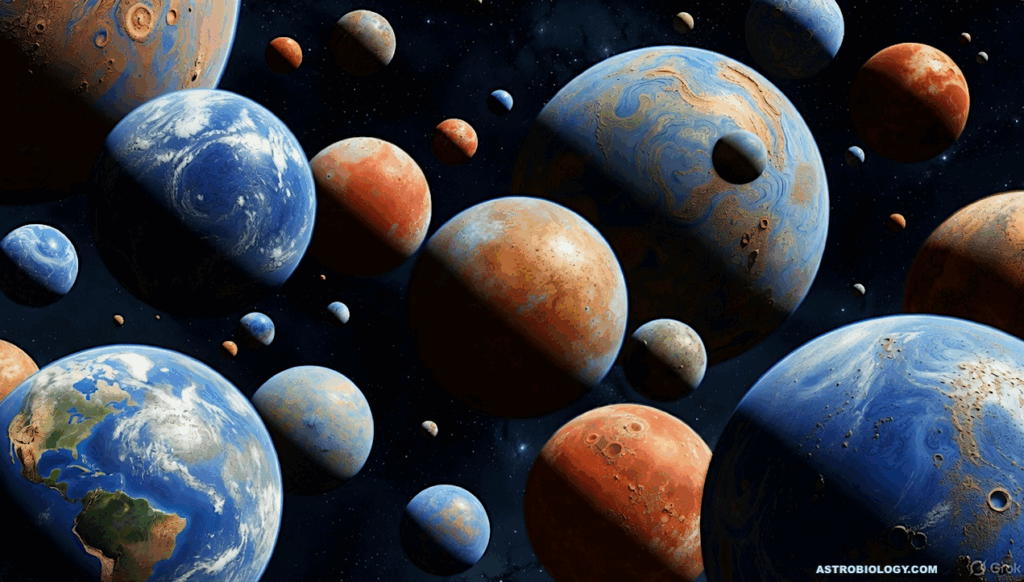A Gap In The Densities Of Small Planets Orbiting M Dwarfs: Rigorous Statistical Confirmation Using The Open-source Code RhoPop

Using mass-radius-composition models, small planets (R≲2R⊕) are typically classified into three types: iron-rich, nominally Earth-like, and those with solid/liquid water and/or atmosphere.
These classes are generally expected to be variations within a compositional continuum. Recently, however, Luque & Pallé observed that potentially Earth-like planets around M dwarfs are separated from a lower-density population by a density gap. Meanwhile, the results of Adibekyan et al. hint that iron-rich planets around FGK stars are also a distinct population. It therefore remains unclear whether small planets represent a continuum or multiple distinct populations. Differentiating the nature of these populations will help constrain potential formation mechanisms.
We present the RhoPop software for identifying small-planet populations. RhoPop employs mixture models in a hierarchical framework and a nested sampler for parameter and evidence estimates. Using RhoPop, we confirm the two populations of Luque & Pallé with >4σ significance. The intrinsic scatter in the Earth-like subpopulation is roughly half that expected based on stellar abundance variations in local FGK stars, perhaps implying M dwarfs have a smaller spread in the major rock-building elements (Fe, Mg, Si) than FGK stars. We apply RhoPop to the Adibekyan et al. sample and find no evidence of more than one population.
We estimate the sample size required to resolve a population of planets with Mercury-like compositions from those with Earth-like compositions for various mass-radius precisions. Only 16 planets are needed when σMp=5% and σRp=1%. At σMp=10% and σRp=2.5%, however, over 154 planets are needed, an order of magnitude increase.
J. G. Schulze, Ji Wang, J. A. Johnson, B. S. Gaudi, R. Rodriguez Martinez, C. T. Unterborn, W. R. Panero
Comments: Published in PSJ
Subjects: Earth and Planetary Astrophysics (astro-ph.EP); Instrumentation and Methods for Astrophysics (astro-ph.IM)
Cite as: arXiv:2403.13961 [astro-ph.EP] (or arXiv:2403.13961v1 [astro-ph.EP] for this version)
Related DOI:
https://doi.org/10.3847/PSJ/ad26f5
Focus to learn more
Submission history
From: Joseph Schulze
[v1] Wed, 20 Mar 2024 20:14:57 UTC (18,822 KB)
https://arxiv.org/abs/2403.13961
Astrobiology,








